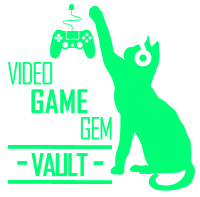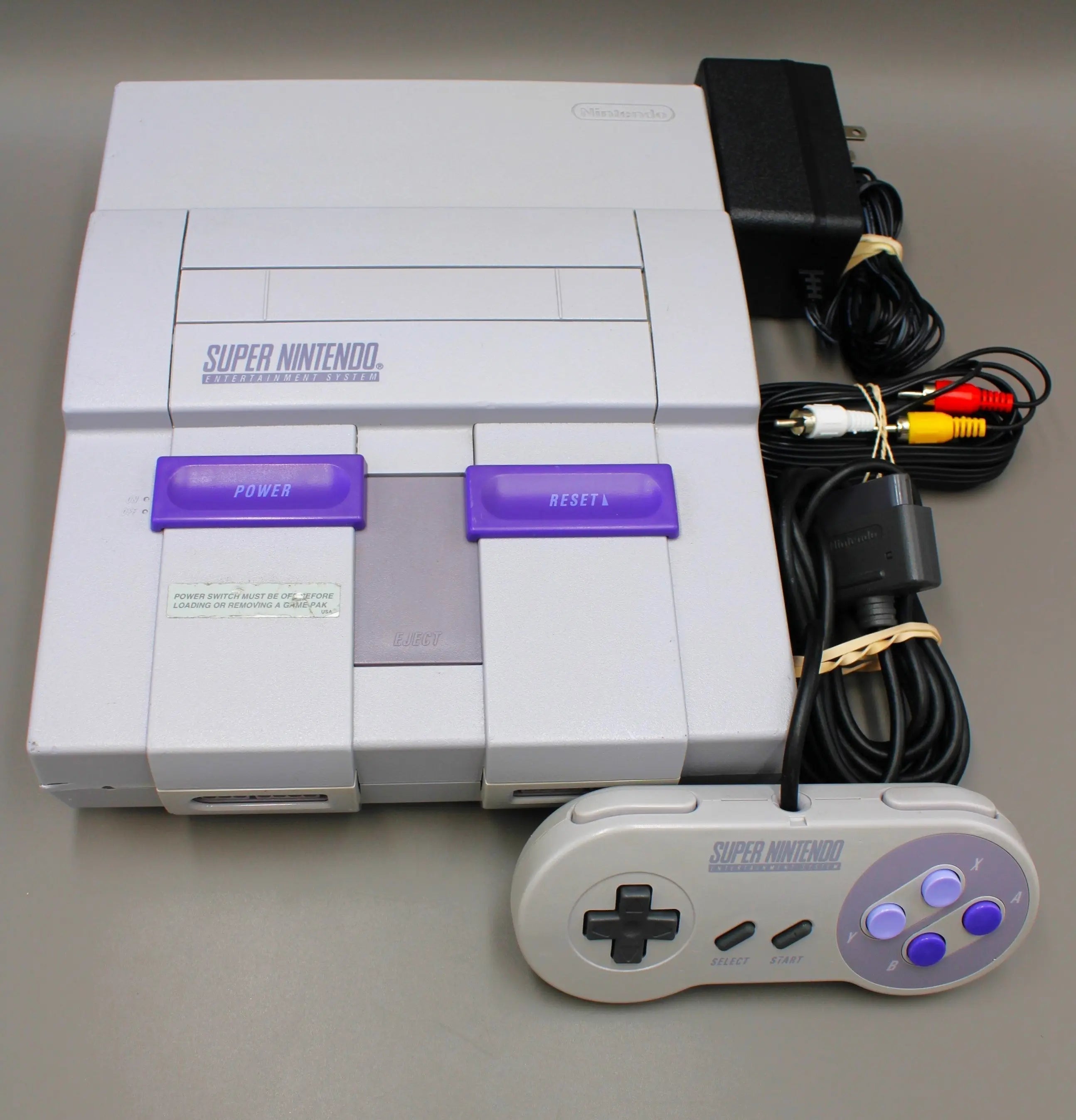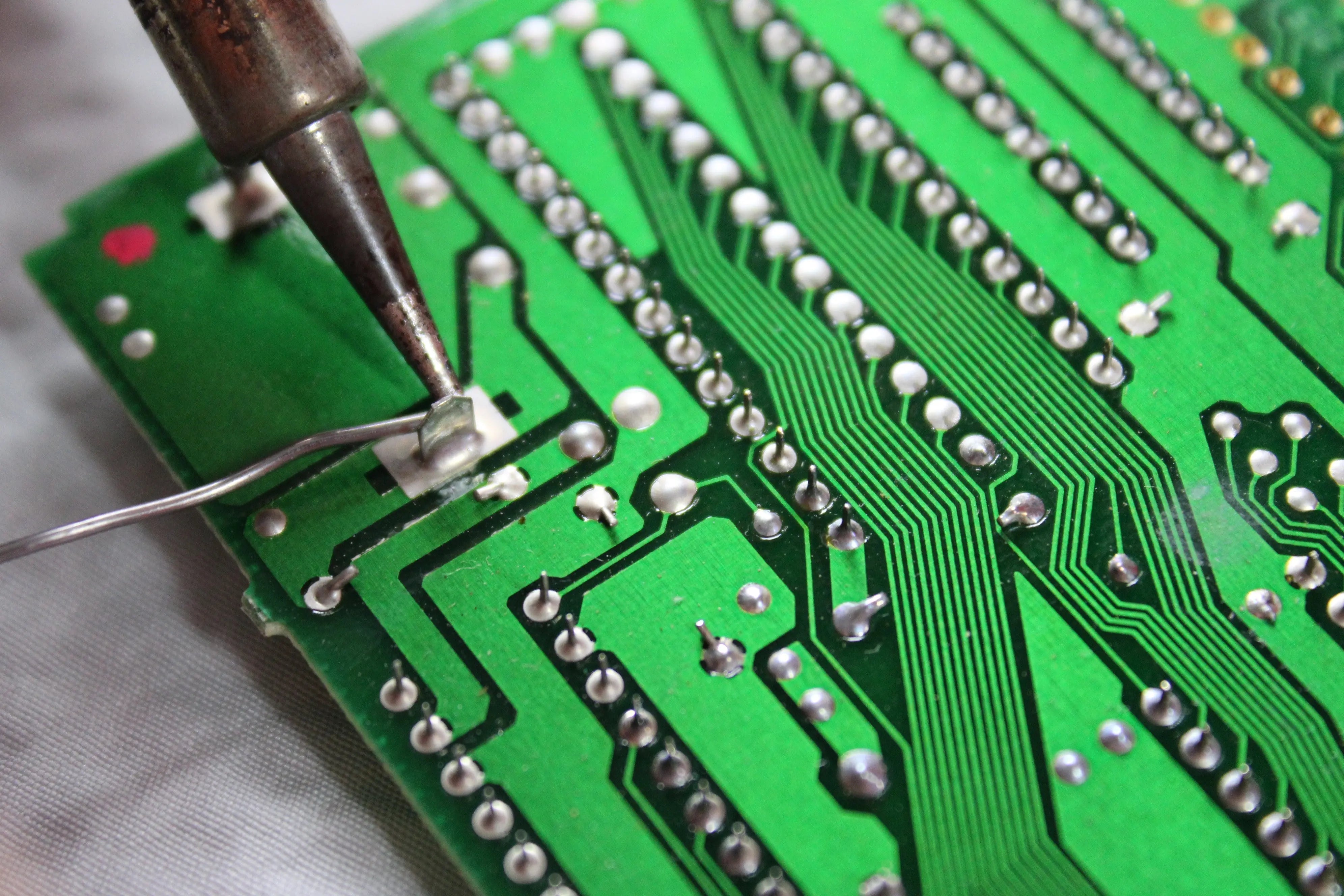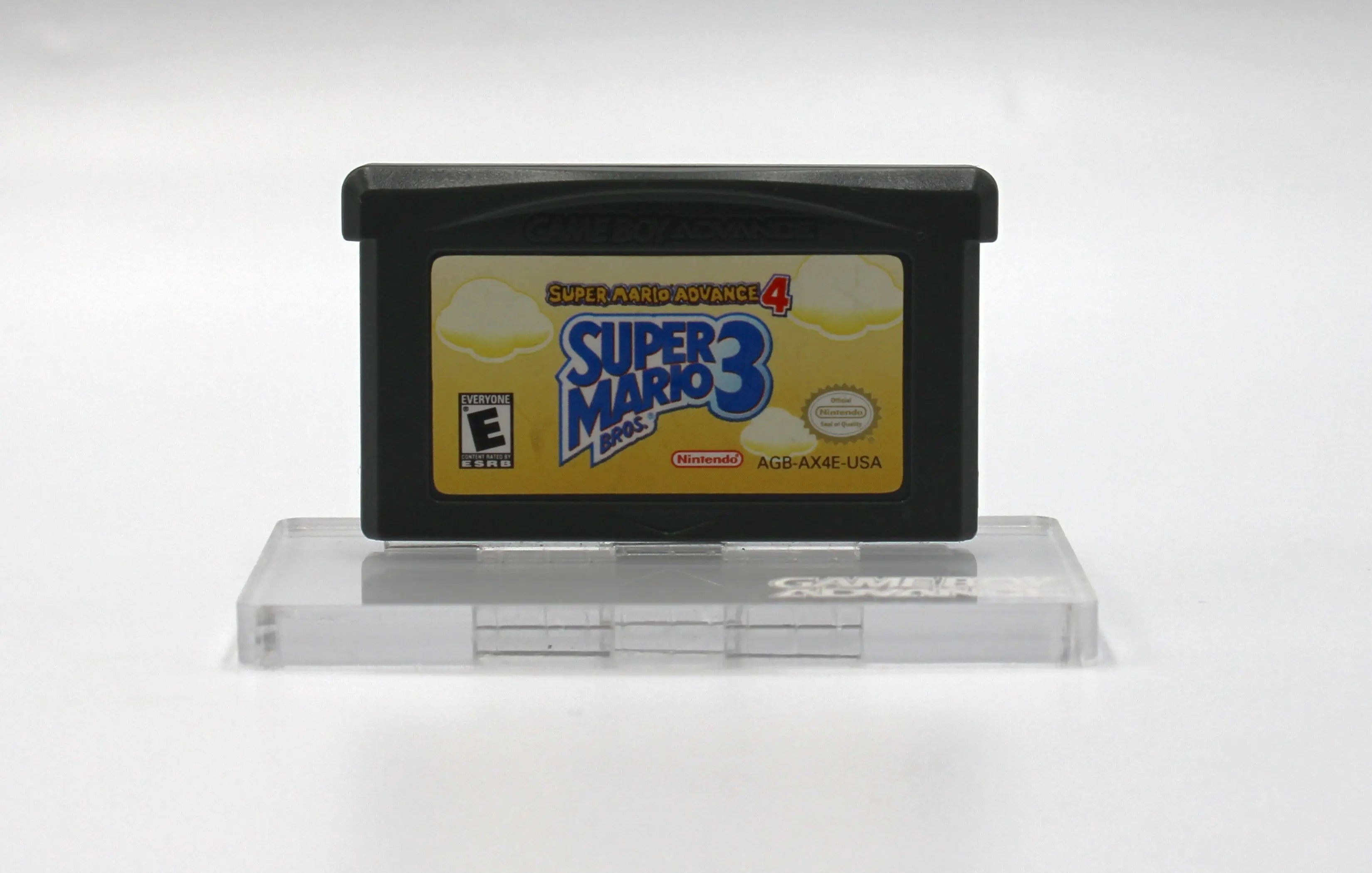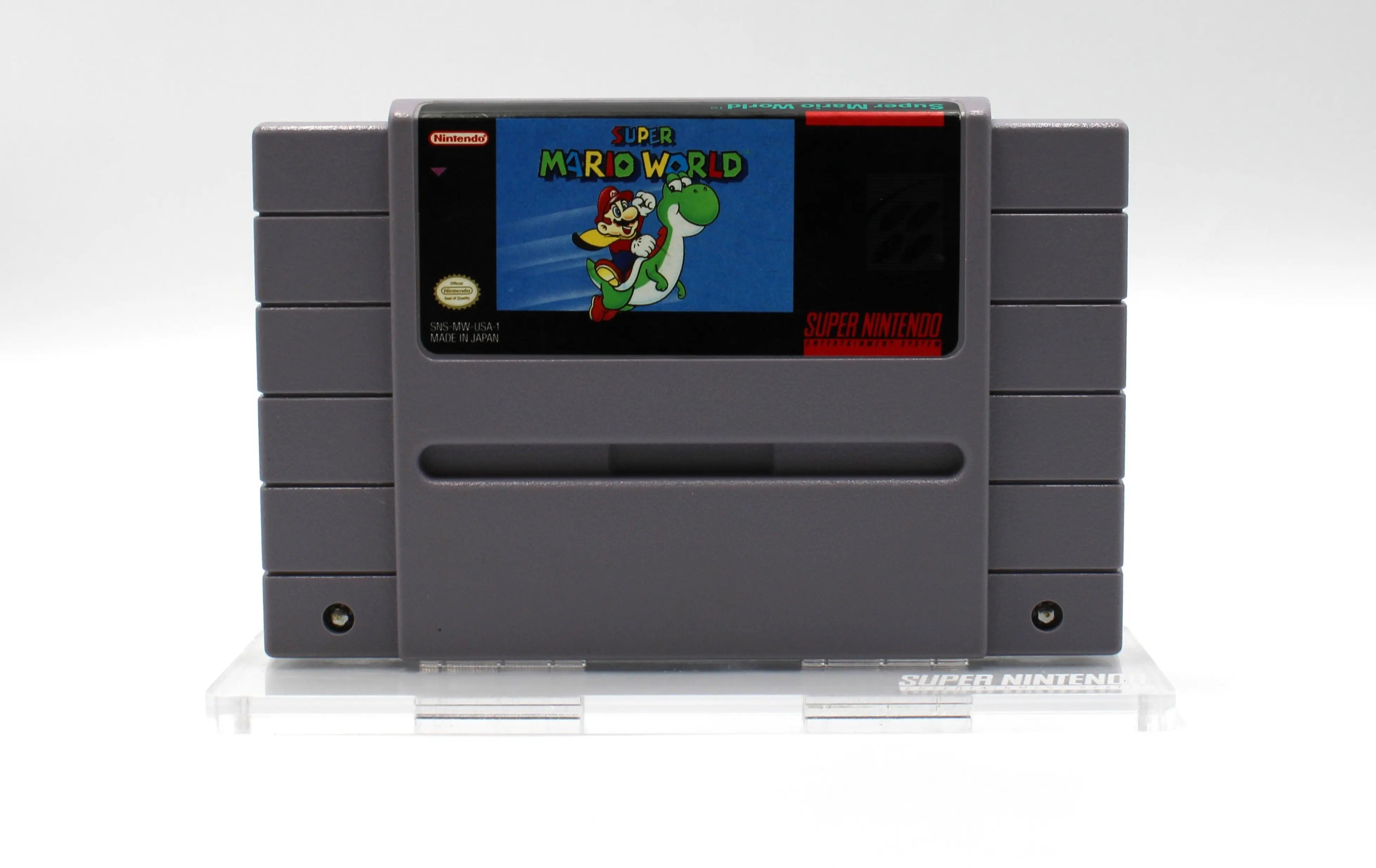What and Also Where is the Final Fantasy VII Misprint Typo Error for the Sony PS1 Game?
What and Also Where is the Final Fantasy VII Misprint Typo Error for the Sony PS1 Game? A YouTube short visually showing you exactly where the misprint is on the early black label print of Final Fantasy VII on the Sony PlayStation 1 - PS1 variant. It's located in the word masterpiece to the back artwork. Not all black label Final Fantasy games will have the floating "i" artwork error or typo! videogamegemvault.com Watch video!
A Guide to Popular Video Game Genres, Terms, and Slang
As a millennial... some of these terms have been around, but my Gen Z niece says words that I have to Google... yes, we all do it after age 30! Video gameplay comes in all sorts of shapes and sizes, but most fall into specific genres that define how they play. You may love COD Black Ops, but hate COD Modern Warfare, I do. But, I have yet to find a Rockstar game I do not thoroughly enjoy! Whether you’re into fast-paced shooters, immersive RPGs, brain-teasing strategy games, or bullet-dodging shoot 'em ups, there’s something for everyone. Here’s a rundown of some major game genres, along with common slang terms and a few examples from both retro and modern generations.
First-Person Shooter (FPS)
Fast-paced action, where you view the game
What and Where is the Nintendo Product Code on a DS and 3DS Video Game Cartridge and Case?
A Nintendo product code or (sometimes referred to as the MPN) for Nintendo DS and 3DS games is a unique identifier printed right on the cartridge label, box, and manual — used to catalog and differentiate each title. Think of it like Nintendo’s internal cataloging system. This helps collectors and sellers (and curious gamers) figure out exactly which version of a game they have — whether it’s North American, European, or Japanese. (Usually, there are other obvious dead giveaways such as different language or a CE on the cartridge and different rating systems) And just like PlayStation has their SLUS, SCUS, and BLUS codes (but that’s a whole different blog! 😉), Nintendo kept their own system consistent across these handhelds.
The format looks like this:
NTR-XXXX-XXX (for DS)
CTR-XXXX-XXX (for 3DS)
Breakdown:
- NTR = Nintendo DS hardware codename, “Nitro.”
- CTR = Nintendo 3DS hardware codename, “Centra.”
- XXXX = Four-letter game code.
A List of Sony PS3 Video Games that are Region Locked - Oooh with Pictures!
When the Sony PlayStation 3 launched back in 2006 (yes, two zero zero six - Feel old yet?), it set itself apart—not just with HD graphics and Blu-ray movies, but with something collectors still love: region-free physical games.
Most PS3 titles work on any console, whether you bought them in Japan, Europe, or the U.S. But surprise—there’s a very short list of PS3 games that are region-locked, meaning they won’t work on an NTSC-U (North American) system if imported from certain regions.
Here’s a breakdown of games that could trip up (yes, I said trip up) import collectors 👇
What and Where Is a Nintendo Product Code for GBA Games? (With Super Mario Advance 4 Example)
Discover how to read Nintendo product codes for Game Boy Advance (GBA) games. Using Super Mario Advance 4, learn how to identify authentic GBA cartridges by title, region, and more.
What Are Nintendo Product Codes?
Nintendo product codes are unique identifiers used for GBA games to distinguish titles and regions. Found on the cartridge label, game box, and manuals, these codes are particularly helpful for collectors and retro gaming enthusiasts.
GBA Product Code Format
The product code for every official GBA game follows this format:
AGB-XXXX-XXX
- AGB = Advanced Game Boy (Nintendo's internal codename for the GBA). Is it that "internal" when they named the first GBA handheld AGB-001? Hmmm
- XXXX = A four-letter game identifier, usually an abbreviation of the title.
- XXX = A three-letter region code (USA, EUR, JPN, etc.).
Example: Super Mario Advance 4 Product Code
Let’s look at the product code for Super Mario Advance 4: Super Mario Bros. 3 (North American version):
AGB-AA4E-USA
- AGB = Advanced Game Boy
- AX4E = The unique code for Super Mario Advance 4
- USA = North Am
Where is the Nintendo Product Code on a SNES Video Game Cartridge?
The Nintendo product code for SNES cartridges typically follows this format:
SNS-XXXX-XXX
Here’s the breakdown:
-
SNS = Super Nintendo System (denoting it’s a Super Nintendo game).
-
XXXX = A 2 to 4-letter unique identifier for the specific game (often an abbreviation of the title).
-
XXX = Region code (commonly USA, CAN, EUR, JPN, etc.).
Example:
-
SNS-SM-USA → For Super Mario World (North American release).
-
SNS = Super Nintendo System
-
SM = Super M Collectors and retro enthusiasts often use these codes to verify authenticity, identify regional versions, or spot re-releases!
-
